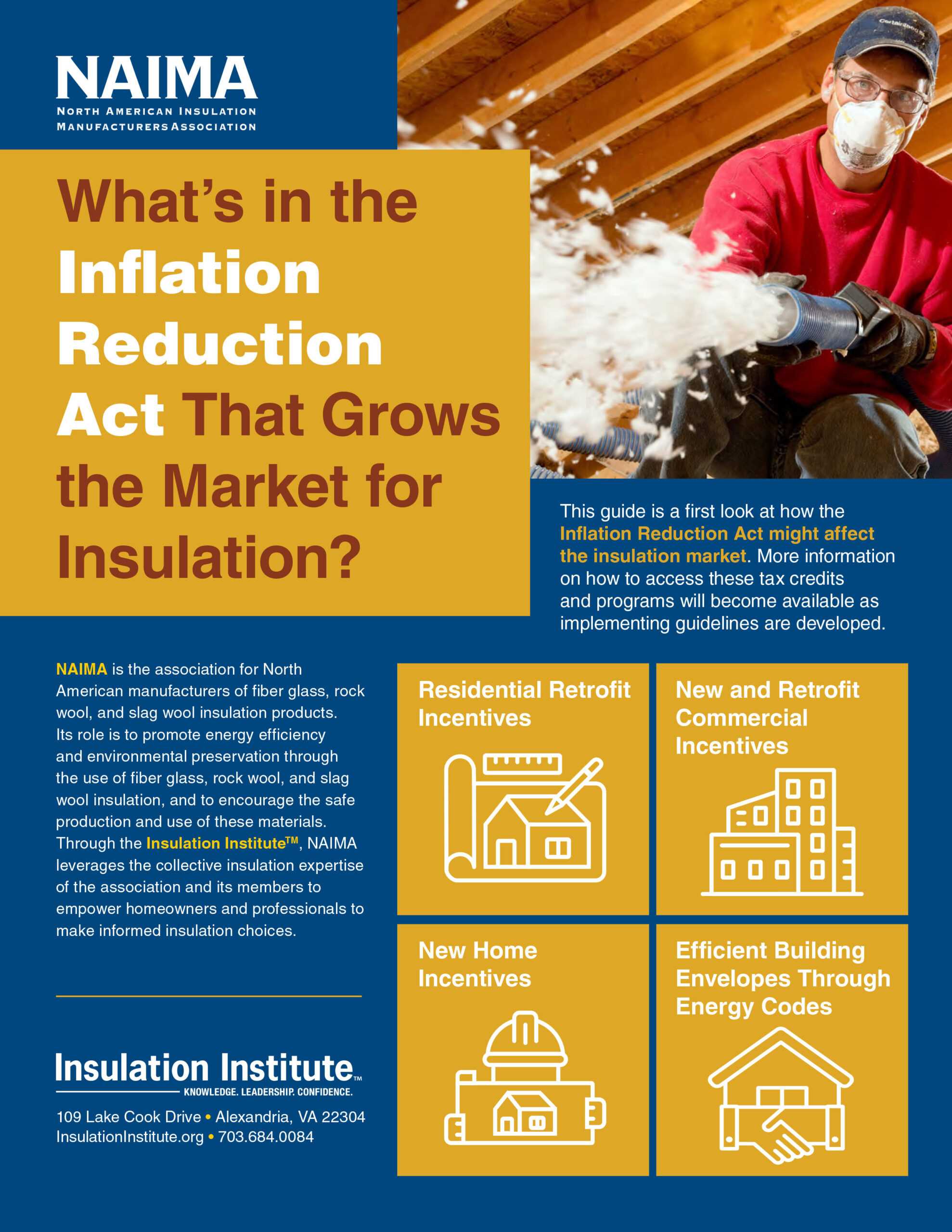NAIMA has produced a fact sheet summarizing the energy efficiency tax credits and programs included in the Inflation Reduction Act (IRA). The IRA offers billions of dollars in incentives for improving building energy efficiency to address climate change, including tax credits and incentives for new construction residential properties, existing home retrofits, and new and existing commercial buildings.
Details »Insulation Institute Blog
Home Builder Shawn Jessup, owner of S. D. Jessup Construction, Inc., is now a five-time winner of a DOE Housing Innovation Award, recognizing forward-thinking builders constructing energy-efficient homes on the path to Net Zero. Having accomplished this feat first in 2017 and for the past four consecutive years, that puts him in rare company.
Details »The newly passed Inflation Reduction Act (IRA) incentivizes increasing energy efficiency to decarbonize the built environment and fight climate change. All totaled, the law invests $50 billion into clean energy technologies and improvements that can lower home energy bills and make homes healthier and safer while significantly reducing climate pollution.
Details »Lumber costs have skyrocketed in recent years. In addition, more stringent building energy efficiency requirements mean more builders are interested in advanced framing. The key to advanced framing success lies in the details for areas like corners, wall intersections, and around windows.
Details »This past Spring, the U.S. Environmental Protection Agency’s ENERGY STAR Program launched a new initiative, the ENERGY STAR Home Upgrade, targeting six high-impact energy efficiency improvements for existing homes to cut energy use and cost. These fixes will also improve home comfort and lead to a cleaner, healthier home.
Details »NAIMA has just released a new guide, Passive House Construction with Fiberglass and Mineral Wool Insulation. This new publication compares code-built, net zero, and passive house construction in terms of energy optimization, ultimately demonstrating that Passive House construction is the most rigorous in performance. It also presents a case study of Colorado architect Greg. D. Fisher, who constructed his own super-insulated, energy-efficient passive house in Fort Collins, CO using fiberglass and mineral wool in the home’s thermal envelope.
Details »With much of the globe witnessing unprecedented heat waves and wildfires, the realities of climate change are undeniable. But how will this impact residential construction? How might builders consider the impacts of climate change on building resilience moving forward? This week we talked to NAIMA Canada Senior Technical Advisor Gary Sharp, a civil engineer with more than 30 years of experience in the building industry. We spoke about why residential construction may have reached an inflection point based on climate change and what that could mean for the future of home building.
Details »A recent report from Zillow, a leader in the real estate marketplace, shows that homes that highlight eco-friendly and resilient features sell up to 10 days faster than those without such features. Moreover, these homes that include features such as energy-efficient windows and solar panels continue to sell for more.
Details »The U.S. Department of Energy (DOE) recently released the U.S. Energy Employment Report (USEER), an annual report that takes a comprehensive look at national and state-level employment data for the clean energy sector. DOE’s analysis found that the clean energy sector job growth increased by 4 percent in 2021 versus 2020 despite the impacts of the COVID-19 pandemic.
Details »









